September is Childhood Cancer Awarness Month
Meet Marshall
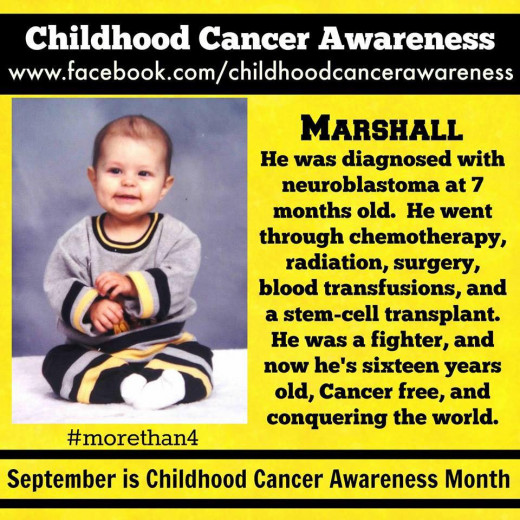
Neuroblastoma
Neuroblastoma is a cancer that develops from immature nerve cells found in several areas of the body. Neuroblastoma most commonly arises in and around the adrenal glands, which have similar origins to nerve cells and sit atop the kidneys. However, neuroblastoma can also develop in other areas of the abdomen and in the chest, neck and near the spine, where groups of nerve cells exist.
Neuroblastoma most commonly affects children age 5 or younger, though it may rarely occur in older children. (Mayo Clinic)
When Marshall was diagnosed at 7 months old, his mother and father did everything they could to put his cancer in remission. Only a small percentage of children recover from this cancer.
The Rarest Form of Neuroblastoma That is a Congenital Deformity
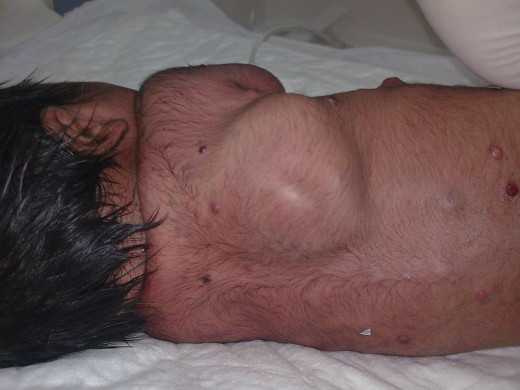
Getting Through it All
Marshalls mom is one of my friends. She watched her 7 month old child go through chemo, radiation and have a port put in his chest so that it would make it easier to give him chemo. It was very hard for her not knowing if her son would make it.
Not many children survive this cancer. The overall survival rate is the percentage of people who survive after the cancer is found. It depends on many factors, particularly the risk grouping of the tumor. The five-year survival rate for children with low-risk and intermediate-risk neuroblastoma is higher than 95%. For children in the immediate-risk group, the five-year survival rate is 90% to 95%. For children with high-risk neuroblastoma, the five-year survival rate is 40% to 50%. (cancer.net)
Little Baby Marshall
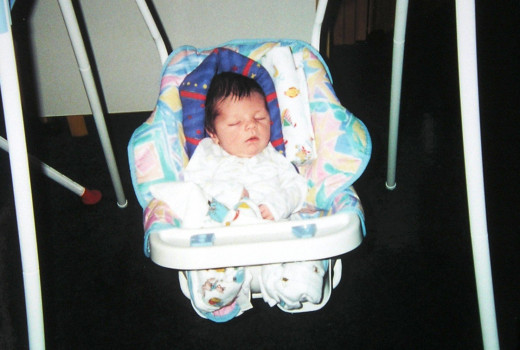
Heredity
When Marshall developed Neuroblastoma, it was devastation to his mom and family. Only 1 to 2% of children get this awful type of cancer from hereditary genes.
The causes of most neuroblastomas are not known. But researchers have found important differences between neuroblastoma cells and the normal neuroblasts (early forms of nerve cells) from which they develop. They have also found differences between neuroblastomas that are likely to respond to treatment and those that have a poor prognosis (outlook). (American Cancer Society)
One Handsome Dude
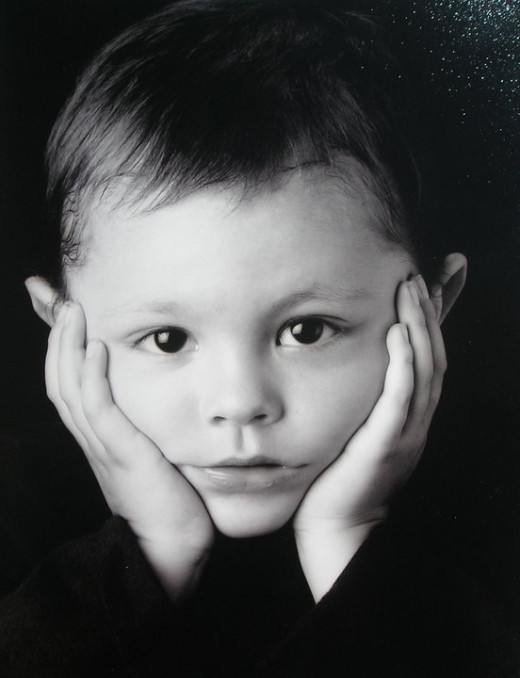
Adults risk for cancer can be brought on by unhealthy life styles of drinking, smoking, doing drugs and just not taking care of yourself.
The only known risk factors for neuroblastoma (age and heredity) cannot be changed. There are no known lifestyle-related or environmental causes of neuroblastomas at this time.
Doctors may tell you that if you take prenatal vitamins it may help to not cause cancer in young children but there is no scientific evidence for this claim. Children are at risk for cancer because of their age and heredity.
If there is a history of neuroblastoma in your family, you may want to talk with a genetic counselor about your children’s risks of developing the disease. It is important to remember, though, that familial neuroblastoma is very rare.
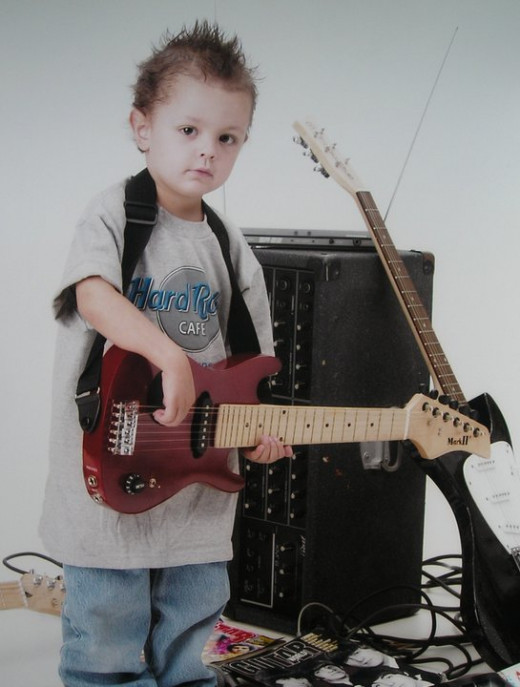
Neuroblastoma
How it is cured
Neuroblastoma is a cancer that forms in your nerve tissue. It usually begins in the adrenal glands, which sit atop your kidneys. It may also begin in your neck, chest or spinal cord. The cancer often begins in early childhood.. Sometimes it begins before a child is born. By the time doctors find the cancer, it has usually spread to other parts of the body. The most common symptoms are
- A lump in the abdomen, neck or chest
- Bulging eyes
- Dark circles around the eyes
- Bone pain
- Swollen stomach and trouble breathing in babies
- Painless, bluish lumps under the skin in babies
- Inability to move a body part
Treatments include surgery, radiation therapy, chemotherapy, biologic therapy, or a combination. Biologic therapy boosts your body's own ability to fight cancer. Sometimes before giving treatment, doctors wait to see whether symptoms get worse. This is called watchful waiting. (Medline Plus)
In Conclusion
Neuroblastoma is the most common extracranial solid tumor of infancy. It is an embryonal malignancy of the sympathetic nervous system arising from neuroblasts (pluripotent sympathetic cells). In the developing embryo, these cells invaginate, migrate along the neuraxis, and populate the sympathetic ganglia, adrenal medulla, and other sites. The patterns of distribution of these cells correlates with the sites of primary neuroblastoma presentation.
Age, stage, and biological features encountered in tumor cells are important prognostic factors and are used for risk stratification and treatment assignment. The differences in outcome for patients with neuroblastoma are striking. Patients with low-risk and intermediate-risk neuroblastoma have excellent prognosis and outcome. However, those with high-risk disease continue to have very poor outcomes despite intensive therapy. Unfortunately, approximately 70-80% of patients older than 18 months present with metastatic disease, usually in the lymph nodes, liver, bone, and bone marrow. Less than half of these patients are cured, even with the use of high-dose therapy followed by autologous bone marrow or stem cell rescue.
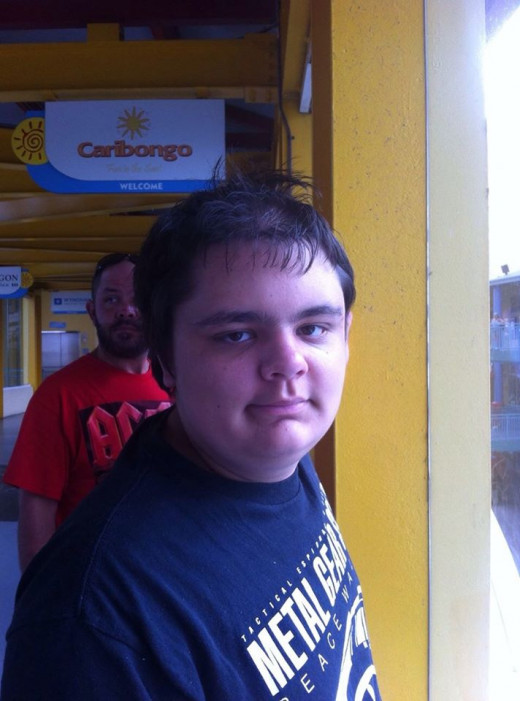
A Gift of Life
I don't know how I would handle this situation whether my child will live or die. His mom was a true believer that he would live and he has. If it wasn't for support of family and friends, it would have been much harder. Even at his worst day, Marshall never showed signs of being sick. He was a happy baby and now look at him. 16 years old and a very smart young man.








